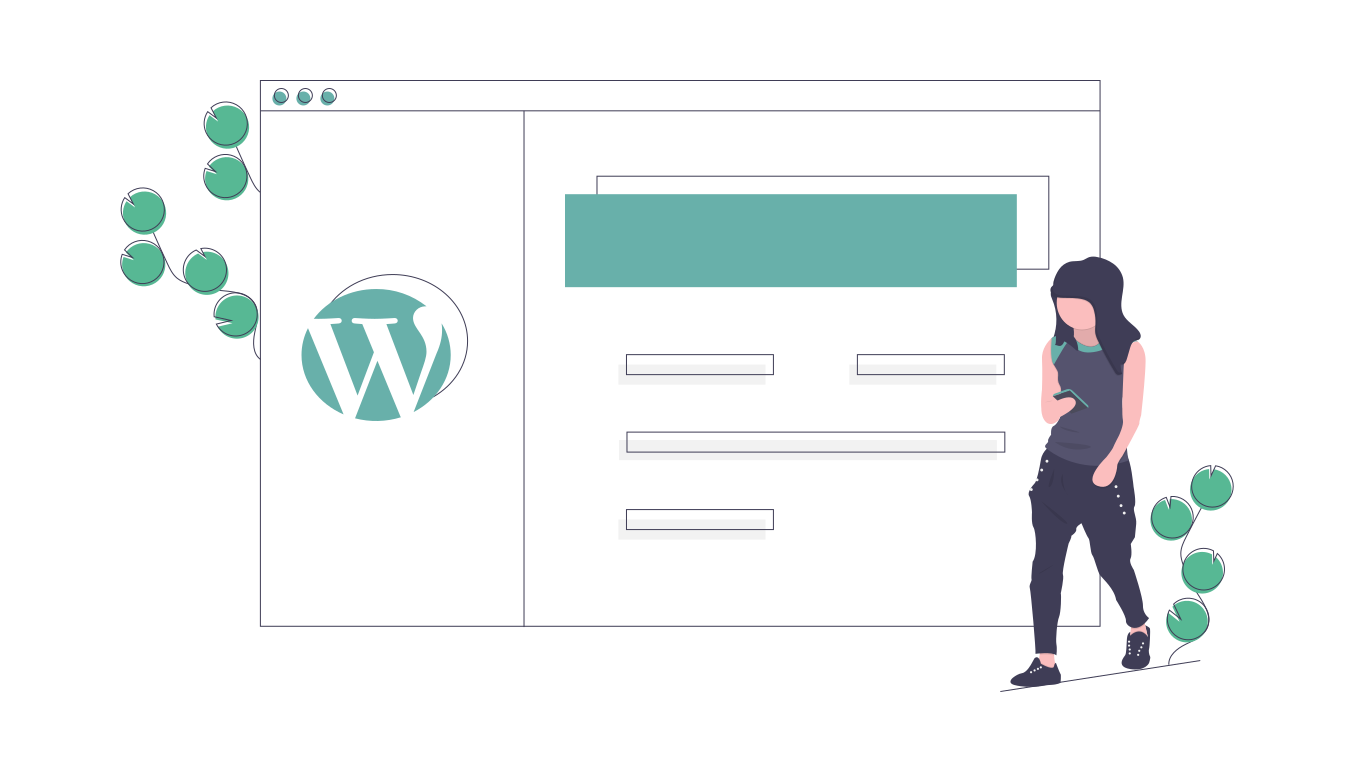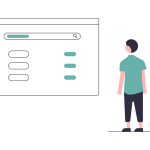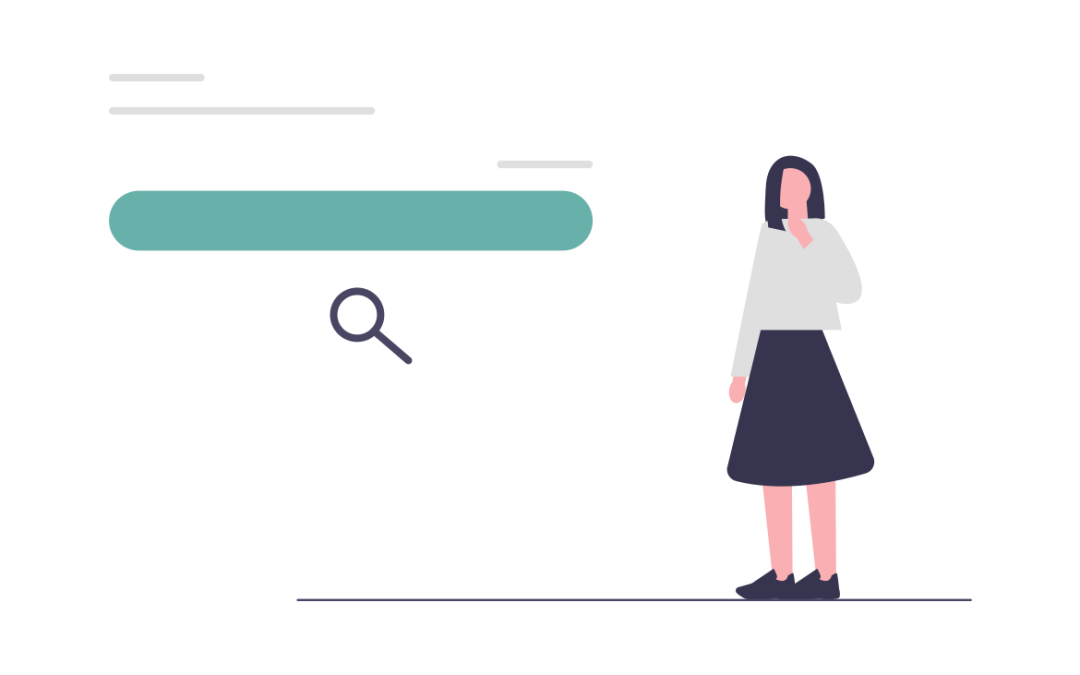When it comes to organizing your website’s blog content, two essential elements to consider are blog categories and tags. These tools help structure your content, improve user experience, and enhance search engine optimization (SEO). In this guide, we’ll explain what blog categories and tags are and provide insights on how to decide on a category and tag structure for your website.
Blog Categories:
Blog categories are broad topics or themes that group related content together. They act as the primary organizational framework for your blog. Categories provide a clear structure, making it easier for visitors to navigate and find relevant content. For example, a web design studio might have categories like “Web Design Tips,” “WordPress Development,” and “SEO Strategies.” When choosing blog categories, consider your target audience’s interests, your industry, and the topics you plan to cover extensively.
Tags:
Tags, on the other hand, are more specific descriptors that provide additional information about your blog posts. Unlike categories, tags are optional and offer flexibility in organizing and linking related content across different categories. Tags are typically more detailed and specific, such as “responsive design,” “content marketing,” or “keyword research.” When using tags, consider keywords relevant to your blog post’s topic and incorporate terms that users might search for when looking for specific information.
Deciding on a Category and Tag Structure:
To determine an effective category and tag structure for your website, follow these steps:
1. Define Your Content Strategy:
Identify the main topics and themes you plan to cover in your blog. Consider your target audience’s interests and pain points. This will help you establish the foundation for your category structure.
2. Limit Categories:
Avoid creating an excessive number of categories as it can overwhelm visitors and dilute your content focus. Aim for a manageable number of categories that cover the breadth of topics you’ll be discussing.
3. Consistency and Coherence:
Ensure that your category and tag structure is consistent and coherent across your blog posts. This helps visitors easily navigate and find related content.
4. Research Keywords:
Conduct keyword research to identify relevant and commonly searched terms within your industry. This will help you choose effective tags that align with your content and can improve SEO.
5. Review and Refine:
Regularly review your category and tag structure. As your blog grows and evolves, you may need to adjust or add new categories and tags to accommodate emerging topics and trends.
Remember, blog categories and tags are tools to enhance organization, user experience, and SEO. Utilize them thoughtfully to guide visitors to relevant content and improve discoverability. By implementing a well-structured category and tag system, you create a user-friendly and engaging experience, encouraging visitors to explore and engage with your valuable blog content.
























